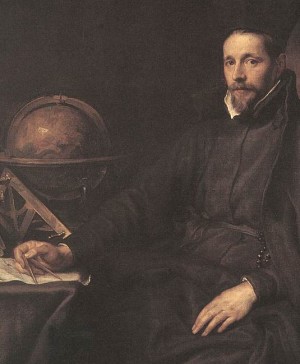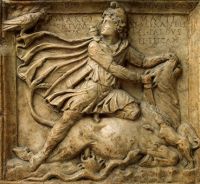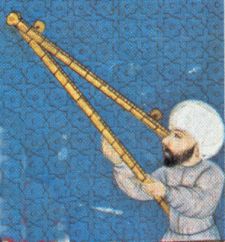


|
SERVICES | PAYMENT | COURSES | BOOKS | CONTACT | SEARCH |

|

|
| Christopher Warnock, Esq. |
| HOME |
|
|

|

|
|
|
Al-Biruni
Islamic
Scientist & Astrologer |
|
Al-Biruni on the
12 Houses |
|
|

|
|
William Lilly's
Orb Table |
|
More Information on
Orbs & Aspects |
